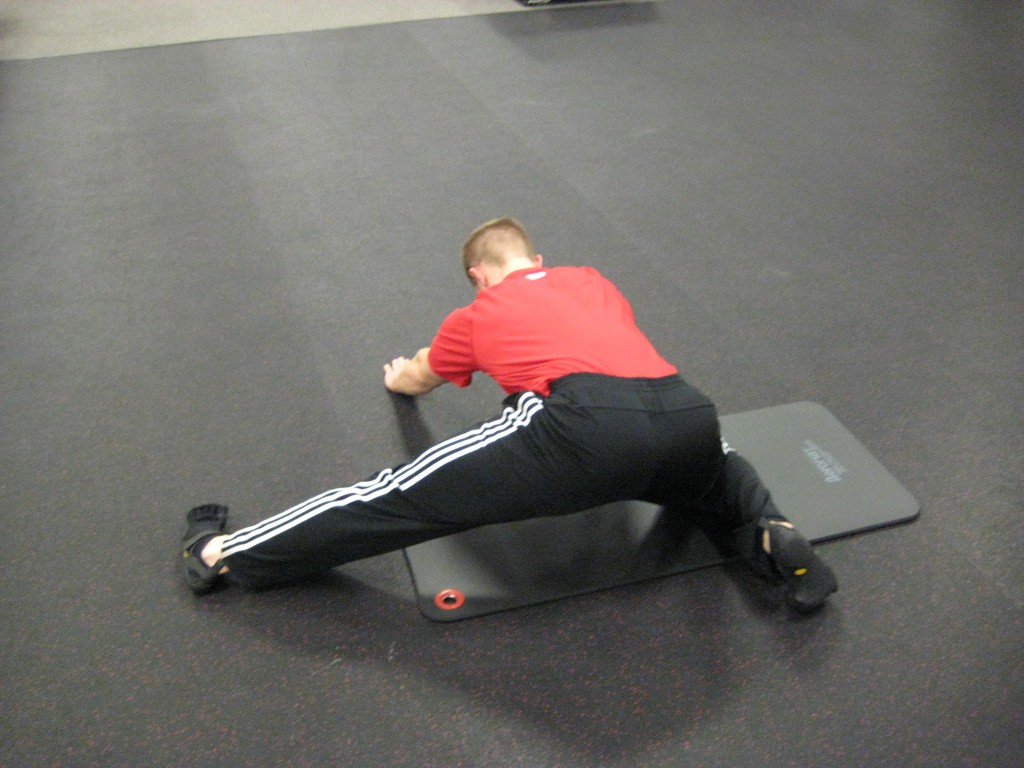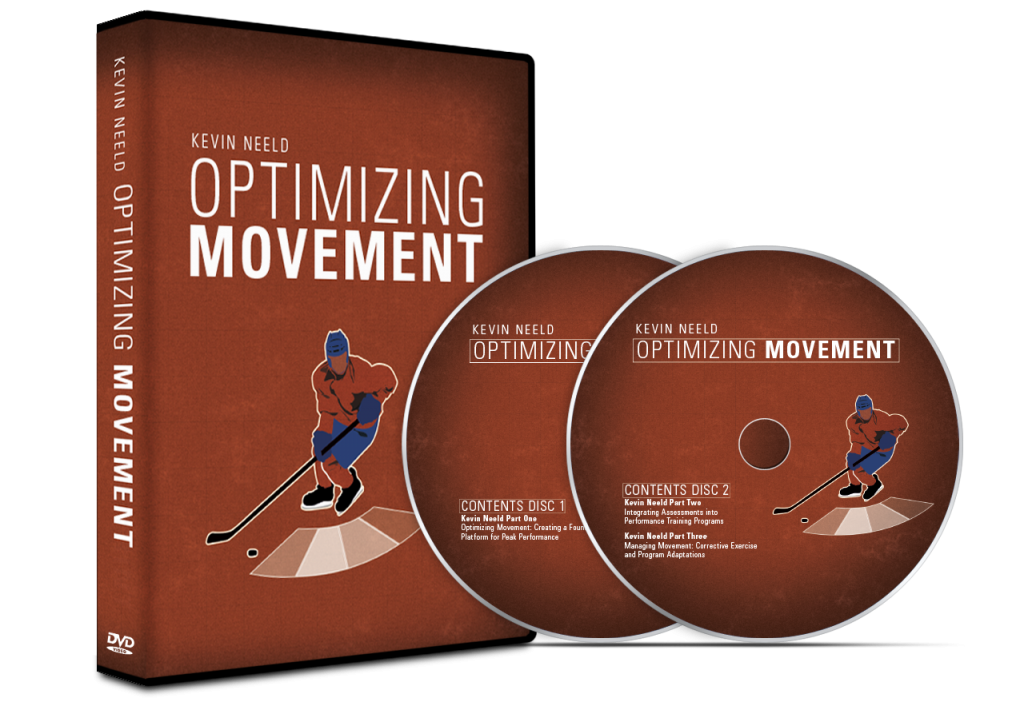Hockey conditioning is all about training your body to work at a high intensity for extended periods of time and then recover rapidly. Basically, conditioning in any sport comes down to delaying or minimizing fatigue.
Fatigue is truly an amazing thing. Few people realize how complex fatigue can be. To really wrap your mind around what causes fatigue, it’s important to understand that fatigue is movement specific (direction, involved musculature, type of contraction, intensity, etc.) and involves every major body system: nervous, muscular, endocrine, and cardiorespiratory.
Over the weekend I spent some time reading Neuromechanics of Human Movement by Roger Enoka.
Static Contraction Fatigue
One of the things that stuck out in my mind is how different the cause of fatigue can be between isometric and dynamic contractions. For instance, during isometric contractions fatigue can result from occlusion of blood flow to the working muscle, that results from an activity-induced increase in intramuscular pressure. This both impedes nutrient delivery, and activates Group III-IV afferents (muscle receptors) which can decrease motor neuron excitability (think less force production).
Dynamic Contraction Fatigue
This differs from dynamic contractions, which do not result in the same amount of occlusion of blood flow as isometric contractions. Compared to isometric contractions, dynamic contractions result in a more significant depletion of energy substrates such as Phosphocreatine and ATP, lower blood pH to a greater degree and produce more blood lactate.
Hockey Conditioning
If you’re not interested in the underlying science, stay with me. The take home message here is that fatigue mechanisms are different for static (isometric) and dynamic (concenctric/eccentric) contractions. Hockey involves both. Even when players aren’t actively skating, many times they’re gliding with their knees and hips flexed. Goalies can sometimes spend minutes in a “crouched” position. While nothing in hockey is as cut and dry as the strictly dynamic or strictly static contractions that are used in neuroscience labs, we can still learn from the light those studies have shed on our understanding of fatigue mechanisms.
In order to improve your capacity, you need to create an overload. Regarding “dynamic conditioning”, hockey players should use a mix of shuttle runs, slideboards, and sled drag variations. What many programs lack is an integration of “static conditioning”. This can be done in the form of squat, split squat, or back leg raised split squat iso-holds, progressing both in time and with weight. As your training progresses, you can begin to combine the two forms of conditioning by alternating static holds with explosive actions.
For example, a goalie could stand by the edge of a slideboard and hold a squat for 15 seconds. Maintaining a good squat position, they would then explode back and forth on the slideboard 10 times, then return immediately to the static hold positions for another 15 seconds. Cycling through this 3 times (15s hold, 10 rep slideboard, 15s hold, 10 rep slideboard, 15s hold, 10 rep slideboard), would constitute one repetition. As your off-season progresses, start to add static contraction conditioning to your ice hockey training program. You’ll be thankful you did when the season starts!
To your success,
Kevin Neeld




 Use CODE: "Neeld15" to save 15%
Use CODE: "Neeld15" to save 15%